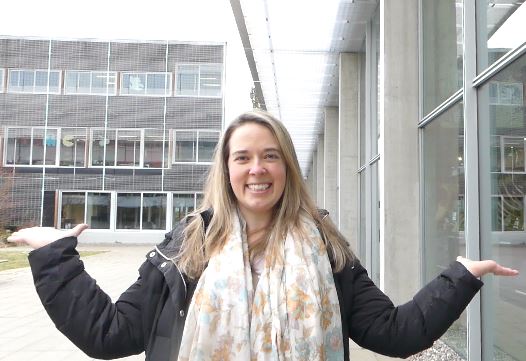How is a gender-balanced world good for science?
The answer to this question is complex and multi-layered. From more equitable policies to different ways to interpret data, from fairer workplace environments to more breakthrough discoveries. For the Sea Around Us team, having more #WomenInScience would translate into benefits for science itself, the scientific community and society as a whole.
But reality shows that there is still a way to go to reach gender parity in occupations in Science, Technology, Engineering, and Mathematics.
According to UNESCO, women comprise 28.8 per cent of the people employed in Research and Development. The global breakdown is quite interesting as it shows that the countries performing better in this regard are located in Central Asia, where women comprise 48.1 per cent of the R&D workforce.
Behind Central Asia are Latin American and Caribbean countries, where women comprise 45.4 per cent of those professionally involved in research. In the Arab States, the percentage is 39.7, while in Central and Eastern Europe is 39.5 per cent.
North America and Western Europe occupy fifth place with women making up 32.3 per cent of the people engaged in R&D. Sub-Saharan Africa follows with 31.3 per cent. In East Asia and the Pacific, only 23.4 per cent of people conducting research are women, while in South and West Asia they encompass 18.5 per cent of researchers.
“Women make up half of the Earth’s human population. It is natural to assume that they would also make up half of the number of scientists in the world. However, they don’t, that is the reality,” said Deng Palomares, the Sea Around Us Project Manager. “But, obviously, more women in science to forge the balance will lead to new perspectives and creative solutions to old and persisting problems.”
In support of women working in the field they desire without limitations or constraints, the Sea Around Us joins the campaign #BalanceForBetter: a balanced world is a better world.


